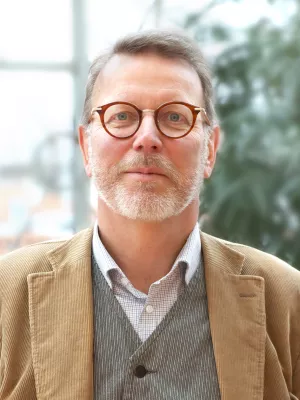
Jan-Henrik Nilsson
Universitetslektor, docent

Alternative tourism mobilities and urban spatial change
Alternativ turism och urban rumslig förändring
Författare
Summary, in Swedish
Along with the general expansion of urban tourism and the emergence of new forms of tourist activities, larger parts of urban space become affected by tourism. Thus, tourism takes up more urban space and becomes an agent of urban spatial change. In many European cities the impact of alternative tourism is particularly visible in former working class districts located outside the traditional tourist business districts. Well-known examples are parts of East London and Kreuzberg in Berlin.
The purpose of this presentation is to discuss how alternative tourism mobilities affect spatial patterns of tourism in an urban context. The discussion is based on studies of guided tours on foot and on bicycle, taking place in Copenhagen, Berlin, Tallinn and Warsaw. In will be argued that these activities contribute to opening up new urban areas for tourism. The alternative tourism mobilities become parts of emerging networks, involving other forms of alternative tourism such as food spaces and accommodation; also influencing urban images and place marketing processes. The development of alternative tourism clearly follows a set of global trends, connected among other things to hipster culture. There are however also important path dependencies transforming the trends to local circumstances, i.e. making them “glocal”.
Avdelning/ar
- Institutionen för tjänstevetenskap
Publiceringsår
2018-09-27
Språk
Engelska
Dokumenttyp
Konferensbidrag: abstract
Ämne
- Social Sciences Interdisciplinary
Nyckelord
- Tourism
- Gentrification
- Guided tours
Conference name
Atlas Annual Conference, Copenhagen 2018
Conference date
2018-09-27 - 2018-09-29
Conference place
Copenhagen, Denmark
Status
Published

